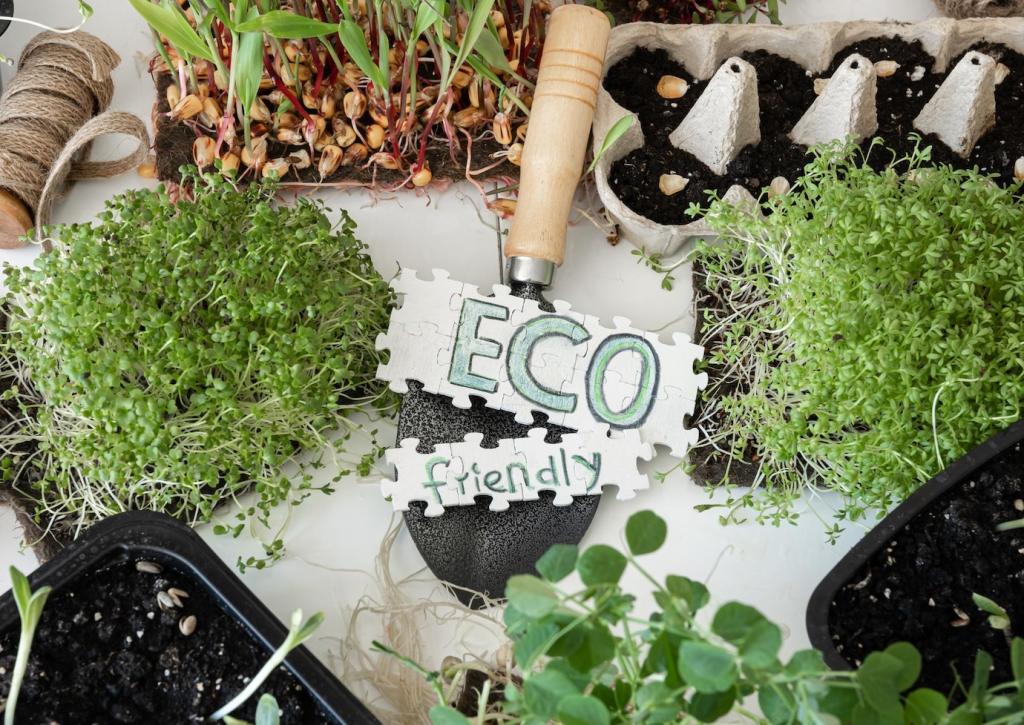Green Alternatives for Furniture Polish: Shine Sustainably at Home

This is the heading
Lorem ipsum dolor sit amet, consectetur adipiscing elit. Ut elit tellus, luctus nec ullamcorper mattis, pulvinar dapibus leo.

This is the heading
Lorem ipsum dolor sit amet, consectetur adipiscing elit. Ut elit tellus, luctus nec ullamcorper mattis, pulvinar dapibus leo.
Natural Ingredients That Actually Polish
These light conditioners are the backbone of many green alternatives for furniture polish. Olive oil nourishes thirsty wood; fractionated coconut stays fluid and resists rancidity; jojoba closely mimics natural wood oils. Blend sparingly and buff thoroughly to avoid greasiness. Start with a few drops on a microfiber cloth. Have you compared their feel and scent? Tell us which base oil your furniture loves.
Natural Ingredients That Actually Polish
Diluted white vinegar cuts dust film and handprints without stripping finishes when used correctly. A tiny touch of lemon juice can brighten, but restraint is key—acids should be mild and well diluted. Always patch test on an inconspicuous area, especially with shellac or older lacquers. If you’ve found the perfect dilution, share your ratio so others can avoid streaks.





Choose tight-weave microfiber for dusting and soft, lint-free cotton for final buffing. Repurpose old T-shirts into reusable pads. Wash separately without fabric softener to maintain absorbency. Keep a labeled set for polish and another for cleaners. Share your favorite cloth brands or DIY sewing tips so newcomers can build an eco-friendly kit without buying disposables.

Safety, Storage, and Ingredient Ethics
While a few drops can brighten scent, essential oils can irritate sensitive skin or pets, and certain citrus oils are phototoxic. Always research, dilute, and consider fragrance-free versions. If you share your home with cats, consult your vet and err on the side of caution. Comment with fragrance-free hacks you love, like a splash of vanilla extract or simply fresh air.
Safety, Storage, and Ingredient Ethics
Write the recipe and date on every bottle or tin. Store away from heat and direct sun. Before a full application, test your green alternative for furniture polish on the back edge or underside. Observe for dulling, swelling, or color shift. This tiny pause protects heirlooms and confidence. Encourage a friend to adopt patch testing as their new golden rule.
Sustainability and Savings You Can Feel
Refill, reuse, and reduce packaging
Repurpose glass jars for balms and amber spray bottles for cleaners. Label lids to prevent confusion. Bulk-buy base ingredients and share with a neighbor. These habits cut single-use plastics while keeping your pantry tidy. Post a picture of your refill station, and subscribe for our seasonal checklist that turns sustainable storage into an easy, satisfying ritual.
Smart spending without sacrificing quality
A few versatile staples—vinegar, a stable oil, and wax—replace multiple specialty products. Because green alternatives for furniture polish use minimal product per session, they last longer than you expect. Track uses per batch and compare to your old aerosol. If you realized real savings after a month, tell us how you reinvested them—maybe a thrifted chair that deserved new glow.
Measure impact and celebrate progress
Note fewer empty cans, cleaner air, and a finish that feels alive under your fingertips. Keep a simple log: date, recipe, surface, results. Over time, patterns emerge that sharpen your craft and shrink waste. Share your findings, invite a friend to follow along, and subscribe for our quarterly roundup of reader-tested tweaks that elevate every polish.
